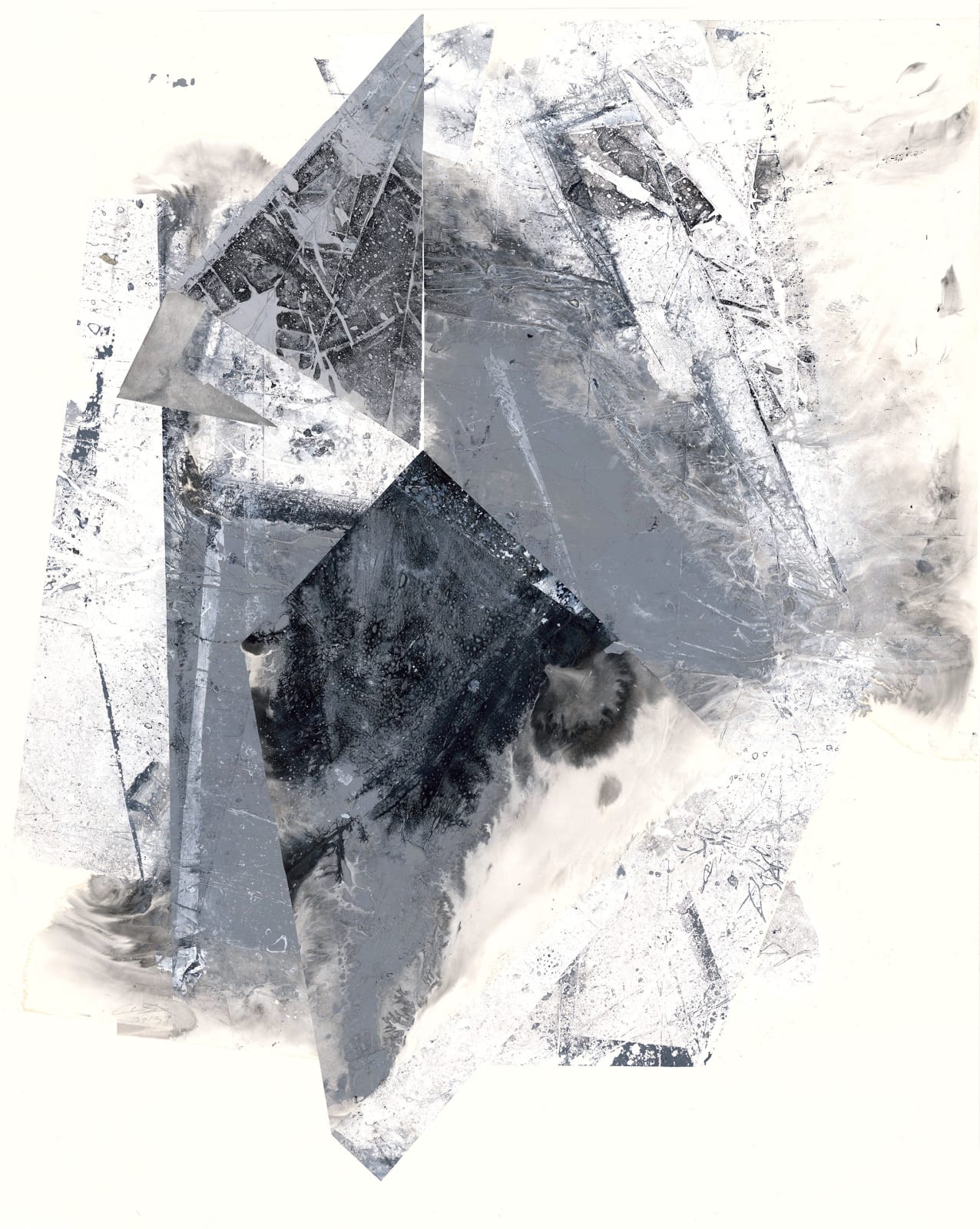-
作品
Zheng Chongbin 郑重宾
Revealing a Gravitational Shadow 显影坠体, 2019Ink and acrylic on xuan paper 墨 丙烯 宣纸69 1/4 x 83 7/8 in
176 x 213 cmPOAThroughout his career of three decades, Zheng Chongbin (b. 1961) has held the classical Chinese ink tradition and Western pictorial abstraction in productive mutual tension. Systematically exploring and deconstructing their...Throughout his career of three decades, Zheng Chongbin (b. 1961) has held the classical Chinese ink tradition and Western pictorial abstraction in productive mutual tension. Systematically exploring and deconstructing their conventions and constituents—figure, texture, space, geometry, gesture, materiality—he has developed a distinctive body of work that makes the vitality of matter directly perceptible. Central to Zheng’s art is the notion of the world as always in flux, consisting of flows of matter and energy that repeatedly cohered and dissipated. Inherent in pre-modern Chinese and especially Daoist thought, this worldview enables contemporary inquiries into complex systems like climate and social behavior, artificial intelligence, and quantum physics. Through the interactions of ink, acrylic, water, and paper, Zheng’s paintings generate and record the processes that underlie the emergence of order (including organic life and human consciousness) and its inevitable dissipation. His paintings thus resemble natural structures ranging from neurons, blood vessels, and tree branches to mountains, rivers, and coastlines, but by instantiating their formation rather than by objective depiction.

